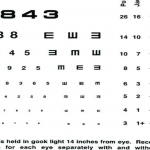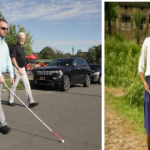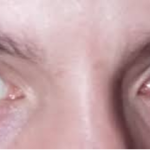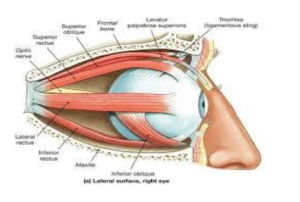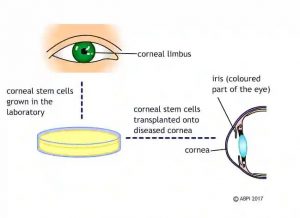Quality of life (QOL) is known to be an important construct, particularly in relation to chronic diseases. It can be assessed by measuring the degree of impairment experienced in activities of daily living dependent on vision.
Vision-related quality of life is a person’s satisfaction with their vision and how their vision affects their daily life.It can be affected in a complex way by the person’s physical health, psychological state, level of independence and social relationships.
The effects of vision impairment on individuals, families, and communities are well documented and include visual, functional, psychological, social, and economic consequences. These effects on the individual include limitations in performing certain tasks that require vision, and in educational, occupational and recreational activities. These limitations reduce the quality of life of a person affected by low vision. There are additional psychological considerations of not being able to care for oneself and/or dependents.
Many patients were still unable to perform their preferred daily activities and feelings of loneliness and isolation persisted.
Severe vision loss can lead to depression, loneliness, and anxiety, and is a significant risk factor for hindering an older person’s ability to perform daily activities. The most common causes of vision impairment in older people are age-related macular degeneration (ARMD), cataracts, and glaucoma. Visual impairment can reduce mobility, well-being and increase the risk of depression and anxiety. This can increase the risk of family distress, social isolation and reduced social participation.
Vision rehabilitation (VR) can be defined as a mix of health, educational and social interventions.
In many cases the ability to read can be restored with the use of a magnifier and a little training with prescribed devices. There is evidence that VR can improve people’s quality of life and independence to perform activities of daily living.
Almost half of visually impaired patients had poor vision-related quality of life. Severe visual impairment/blindness, longer duration of visual impairment, older age, and rural residence had a statistically significant association with poorer vision-related quality of life.
